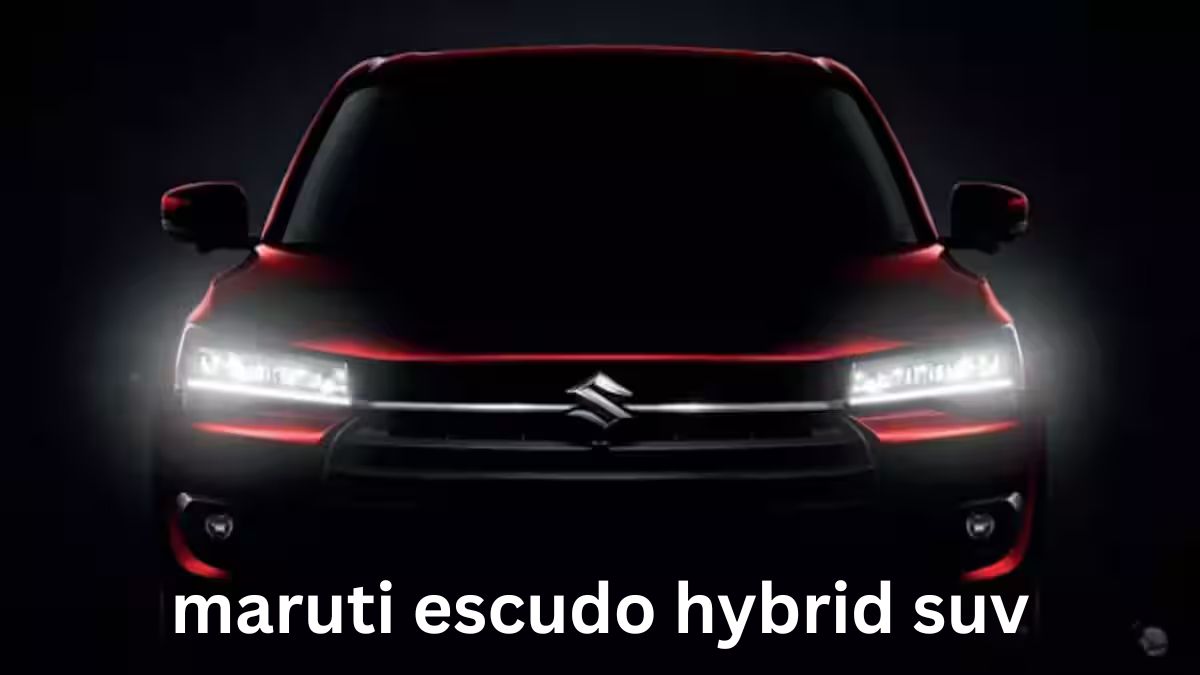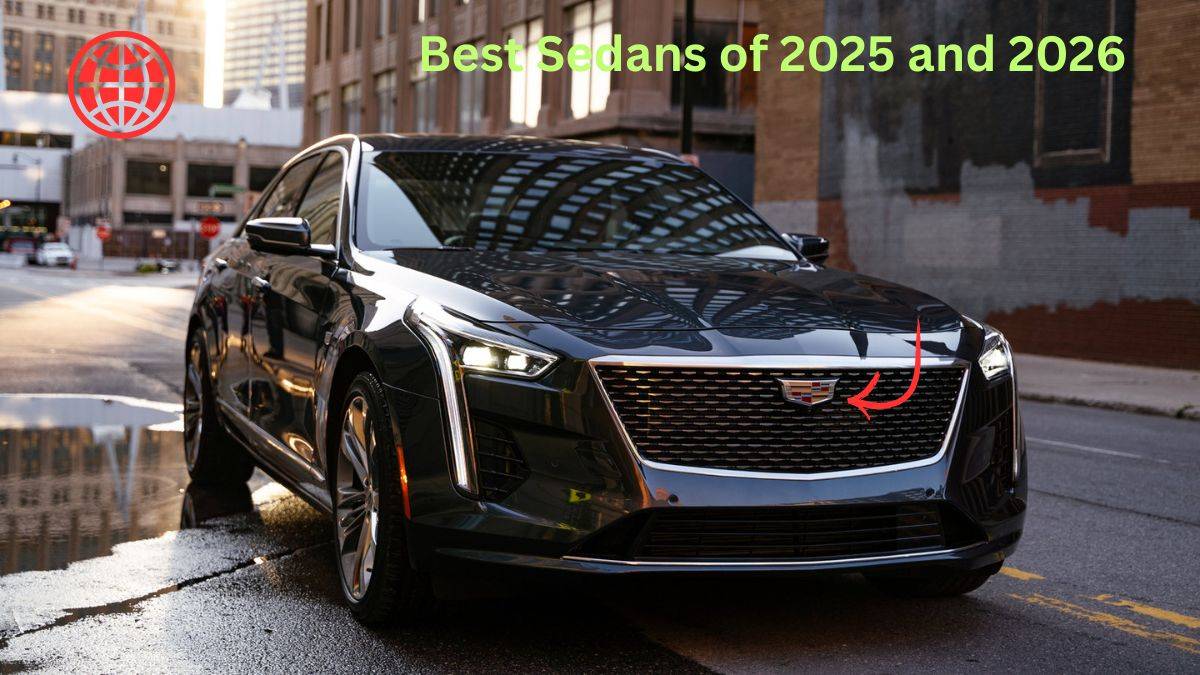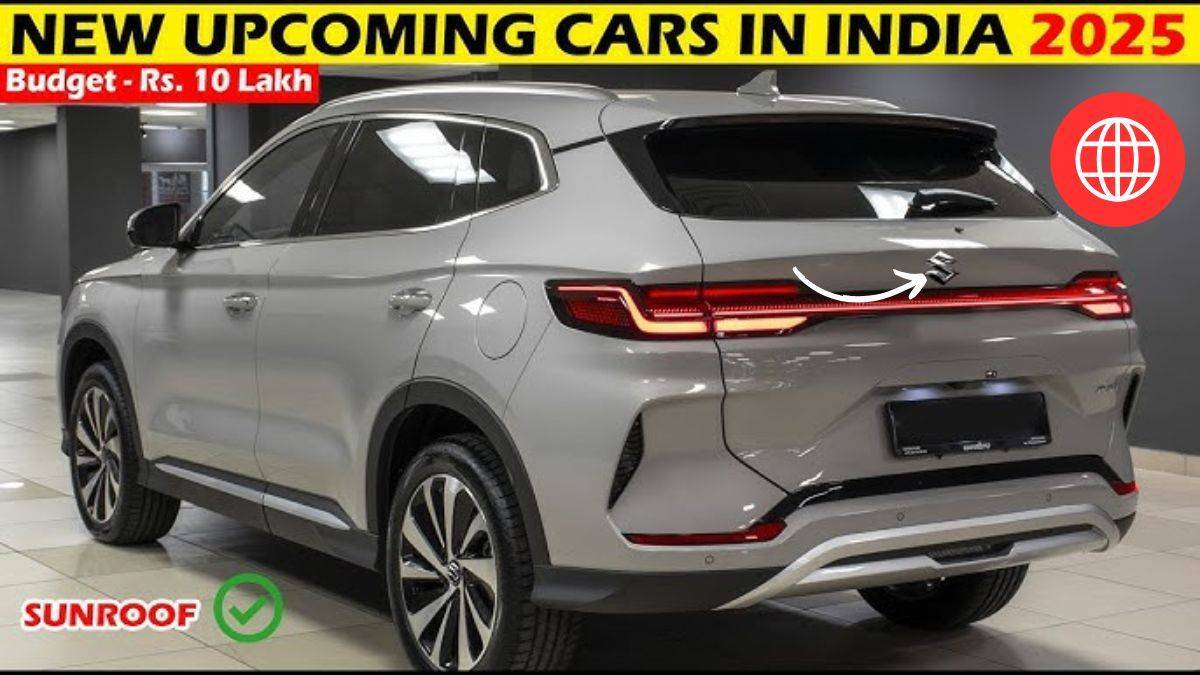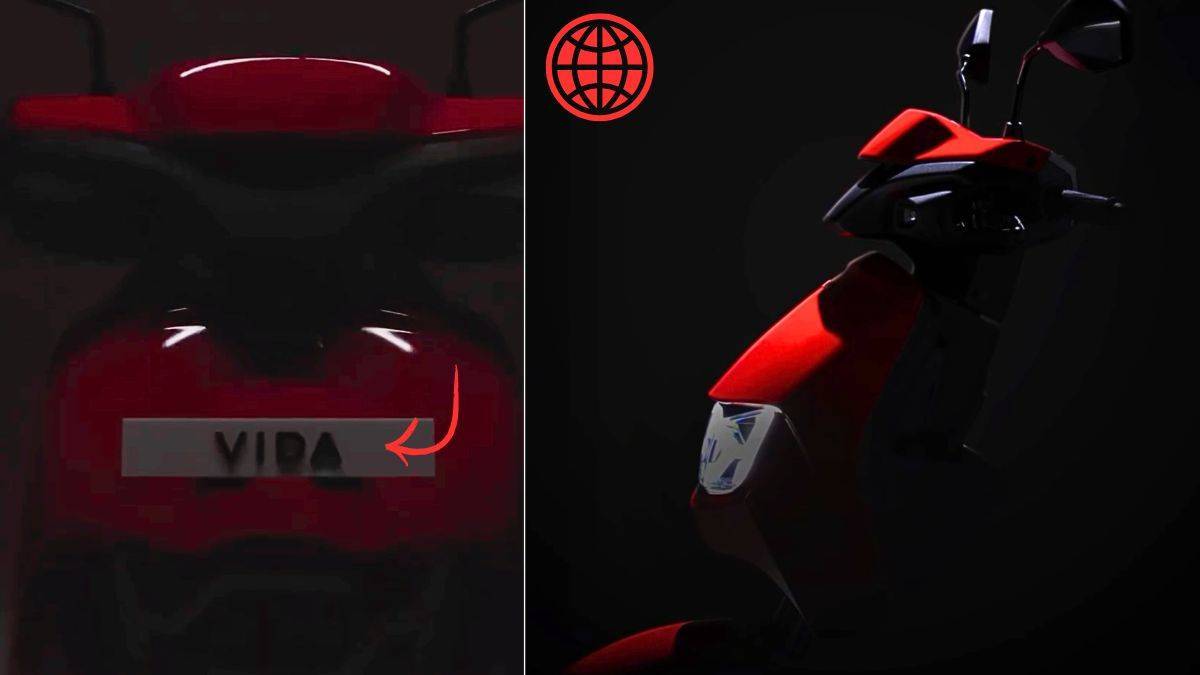Introduction: A New Era of Automotive History?
The Tesla Roadster is in the news yet again, and this time around, Elon Musk insists it’s “not even really a car.” But what does that precisely mean? And will it truly be able to deliver on the promise?
From the man who shot a car into space and promised rockets on wheels, it’s easy to be skeptical. Still, the new Tesla Roadster might just be the most revolutionary electric vehicle ever created — if it delivers. Let’s explore the claims, tech, market impact, and the truth behind the buzz.
The Roadster Legacy: A Proven Disruptor
The first-generation Tesla Roadster wasn’t only a groovy gadget — it was history in the making. Rolled out in 2006, the Roadster stunned the market with its 244-mile range and lithium-ion battery pack. It was the world’s first mass-market electric sports car and the first production car ever shot into orbit by SpaceX.
That sets the bar high for the next-gen Roadster. And Musk is going higher still.
What Musk Said: “It’s Not Even Really a Car”
In a provocative interview with Don Lemon, Elon Musk asserted that the Roadster would accelerate from 0 to 60 mph in less than one second. That’s quicker than a Bugatti. Quicker than a Formula One vehicle. Quicker than anything on public roads.
He also made a suggestion of SpaceX involvement, stating the new Roadster would feature rocket-assisted propulsion. Not metaphorically. Literally. Thrusters.
He even joked that it could fly. When asked whether it would, Musk shrugged and replied, “Maybe.”
It’s the sort of boast only Musk can issue — and only Musk may follow through on.
Rocket Tech in a Road Car?
It’s not science fiction. Musk wants to apply cold gas thrusters, a technology developed by SpaceX’s Falcon rockets, to real-world boost.
The idea is that short thrust bursts will greatly enhance braking, handling, and acceleration. On paper, it might make the Roadster the quickest accelerating car in the world.
But that creates doubts. Will authorities permit this on the highways? Is it safe? What impact will it have on insurance, warranty, and liability?
0-60 in Under One Second: The Physics of Speed
Most electric cars are fast off the starting line, thanks to instant torque. Even Tesla’s Model S Plaid can accelerate 60 mph in less than 2 seconds.
Cutting that time in half is entering the realm of aerospace. Air resistance, tire traction, battery heaviness — all must be precisely engineered.
SpaceX’s rocket boost technology could ostensibly overcome these constraints. But actual-world experimentation is the reality. This is still an idea on paper.
SpaceX partnership: Tech Cross-Pollination
This is not the first time that Musk has consolidated his two companies. The SpaceX touch was evident when a Tesla Roadster was shot into space.
But putting actual aerospace technology into a commercial electric vehicle is taking it to the next level. It demonstrates Musk’s vision for cross-sector innovation — transforming space engineering into street-friendly solutions.
Will the Roadster Save Tesla?
Tesla’s image was dented following the rocky Cybertruck launch. There have been protests by dealers, delayed deliveries, and increasing EV competition from the likes of Lucid, Rivian, and BYD.
Musk is counting on the Roadster to reignite public imagination and establish Tesla as a market leader. It’s not a car; it’s a branding tool.
Design: Sleek, Silent, Superpowered
Early concept shots reveal a low-slung, aerodynamic coupe. It screams speed but retains Tesla’s minimalist design.
If produced to spec, it will blend form and function like few vehicles have. A
whisper-quiet car that can possibly outdo V12 supercars.

The Competition Isn’t Sleeping
While Tesla hyperventilates about the Roadster, other companies are catching up — or even beating it in some respects.
Lucid Air Sapphire delivers 1,200 horsepower and scorching speeds.
Rimac Nevera already went 0-60 in 1.74 seconds.
Porsche Taycan Turbo GT is redefining electric performance.
Tesla will need to not only match these targets, but exceed them.
Will It Fly? Let’s Get Real
Let’s set things straight: No, the Tesla Roadster won’t fly like a plane or drone. Musk’s “maybe” was referring to lifting the front wheels off the ground on full throttle.
But is it worth it? The idea is to create a car that will feel like it might take off — extreme acceleration, alien handling, rocket-powered stopping.
That’s the fantasy being marketed. And it’s an enticing one.
Consumer Questions: Price, Availability, Safety
There are still important details lacking.
Price? Initial estimates are that it will begin at $250,000.
Delivery? Musk promises 2025. In reality, 2026 or beyond.
Safety? How do thrusters influence crash ratings and driver control?
Until these answers are firm, consumers may hold back. Enthusiasts are thrilled. Investors are wary.
What If It Fails?
If Tesla fails to deliver on these promises, the backlash will be intense. Musk’s history of over-promising is already well established.
But if it succeeds — even in part — it will redefine what a performance car can be.
Beyond the Hype: What’s at Stake
The Roadster is not merely a vehicle. It’s a sign. A declaration of intention. It stands for:
The combination of auto and aerospace
Musk’s vertical innovation ethos
The drive to lead, not follow
If Tesla succeeds in this stunt, it won’t only reclaim market share — it could reframe the rules of the entire industry.
Conclusion: A Car, A Rocket, A Dream
Musk might call it “not even really a car,” but perhaps that’s the idea. The Roadster is different. It’s a fusion of speed, technology, and theater.
It won’t take off. But it’s already flying in the press — and if it delivers on even a fraction of its hype, it could actually make history.









